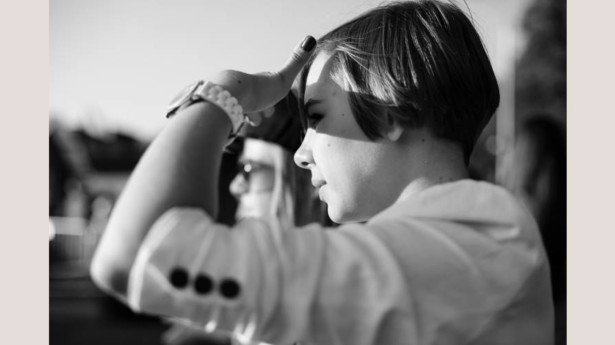Building Back Better, The Great Reset, The Great Re-think, The Green Recovery, The New Normal, Not Back to Normal… the human race seems keen to use the global shutdown as a springboard for change. Everyone is talking about doing things differently, better, slower, more sustainably. With the Arctic on fire like never before, there is a growing realisation that our over-heating planet requires rapid transformation in all spheres of human activities: transport, food production, education to name a few. But what form that should take and how to plan for that change is controversial and often highly charged.
Before change happens it must first be imagined, and the pathways of our imagination are shaped by the images we already have of the future. Forging a consensus about the future is therefore really a project about active dreaming: can we all share the same dream?
Mobilizing people for a transition or transformation away from unsustainable practices faces two key psychological challenges.
- We don’t have a shared mental picture of the future.
Firstly, people’s mental images of the future affect their behaviour in the present. Young people are calling on educational institutions to ‘teach the future’, but how can older people teach that future if they cannot imagine it? If their images of the future are wildly different from those of a generation that has grown up on a planet one degree warmer already?
- The future is frightening
It might also be because they are afraid. We instinctively don’t want to engage with bad news. And, as neuroscience has found, stress, anxiety and fear all reduce the functioning of the hippocampus and people’s ability to imagine themselves out of a situation.
In confronting our uncertain future, we must acknowledge that fear is an appropriate response. “It is worse, much worse, than you think,” begins the opening line of David Wallace-Wells book, Uninhabitable Earth: life after warming, published last year.
No-one can solve this on their own
But the only way out of the ecological cul-de-sac we have driven down is collaboratively. And that collaboration is not just in practical aspects such as mobilizing politically to cut emissions and build alternative systems, but imaginatively too. There is a huge task of collective dreaming required to help us all to start imagining the shape of a warmer world and what that might mean, near and far.
Black Mountains College was founded to encourage precisely this kind of creativity in adversity. But even before we open the doors to students, BMC aims to be a place, a platform, a community, where we can start to collaborate to build a shared picture of what that future might look like.
The scale of the changes required to slow global heating to avoid critical thresholds is immense: reducing household consumption by half, rapid transformations in energy, the end of the aviation, car and shipping industries as we know them.
Covid-19 has given us a glimpse. The crash in emissions during the global lockdown of Spring 2020 amounts to about an 8% annual reduction. This is broadly in line with what scientists thought (in 2015) would be required under the Paris agreement: 7.6% annual reductions every year this decade to avoid dangerous tipping points. That means a pandemic style slowdown in industry, shipping, road transportation, aviation and electricity generation every year for ten years. With cuts biting deeper year on year.
We need to change, but it could improve our quality of life.
If such an image of the future fills you with horror or hope probably depends on a mental map that was formed long ago. But we all need to confront our ‘habits of mind’ and think, as the activist Rob Hopkins wrote in an excellent recent book, ‘What if?’
What if the drop in consumption also meant a three or four day week? What if the end of some jobs meant the rise of others? What if the price of food and timber shot up, making working on the land much more viable? What if the end of the internal combustion engine meant the return of the branch railway system?
And what are the skills and capabilities required for those different kinds of future? Not just the capacity to deliver the transformations required, but the ability to imagine them and help others imagine and communicate their visions too.
This is the essential ingredient that BMC aims to offer. As the famous saying by American poet Carl Sandburg, goes: “Nothing happens but first a dream,”
